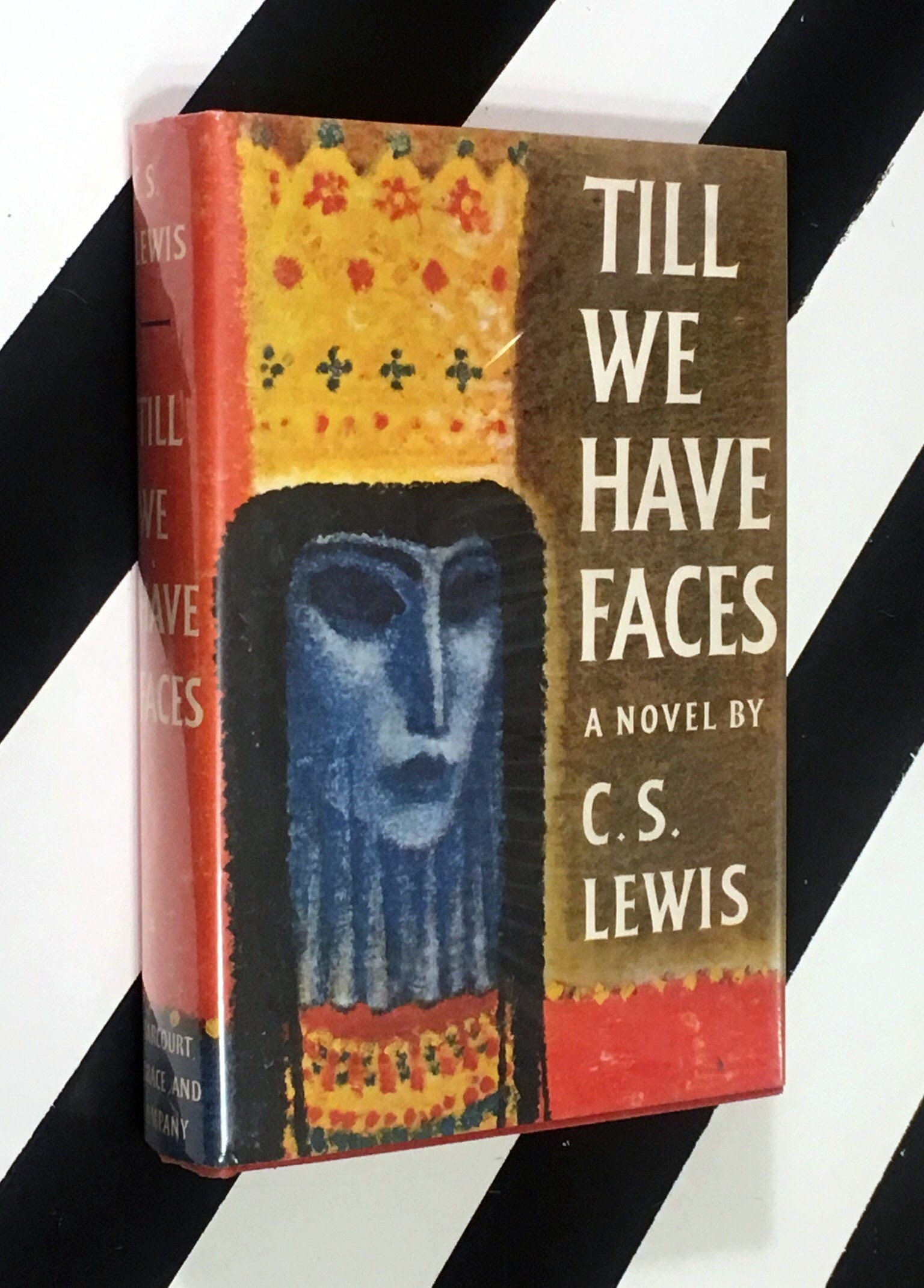


I used to read it because I didn't get it and felt I should. Perhaps it is the book I have reread more than any other. I have read this book over and over again. In many ways, in the last 40 years I have lived it. I read this for the first time when I was 18, I think. The language may not be incredibly easy, but neither is it too dense nor too difficult to understand.Ģ020 Update: Just undone. I read this book for the first time when I was twelve. However, I do not see why any of these traits should prevent a reading. Also, the emotional current of the story is certainly passionate and the tone is dark. The tale is one of contrasts –between classical and cultic paganism between beauty and ugliness between trust and jealousy. The story does have philosophical elements, as well as theological ones. Some criticism has been placed on this book concerning its depth. All are real human beings with feelings, hopes and reasons for their actions. This is strengthened by the tangibility of the characters themselves. Such is not the case in Till We Have Faces. Many myth-inspired works feel unreal, as if the myth was painted on and the author only knew a little of his own world. This tale is set in a world of myth so well realized that it never once feels artificial. The story covers her love of Psyche, as well as her overall desire for love and her anger with the gods. However, rather than star the beautiful heroine of the myth, the main character is Psyche’s older sister, Orual, a strong woman cursed with a hideous face. Lewis’s story itself is a masterpiece of imagination, scholarly knowledge, plot and great insight into the human character. That is why ideas are dubbed “brain children”. Rather, he set out to write a story, and the principles of the author cannot be separated from the work as the work is a part of the author’s mind.

Lewis did not set about to write a story based off of a principle. Whatever you may think of his personal beliefs should not affect the reading of the tale, as it was written to BE a tale. However, the majority of those who actually give this book a chance are more than pleased by the outcome.įirst of all, let me remind readers that Lewis wanted his stories to be, first and foremost, stories. The somewhat colorless covers that the tale is often subjected to do not help matters. Perhaps it is because the book is so often seen as a philosophical/theological work, something scholarly and dense and difficult to read. Among the few, I would guess that there are a significant number feigning ignorance so as not to delve into the pages. Even among those who label themselves as Lewis fans, the work is not often read. Ironically, though Lewis considered this to be his best work, it is not very well known.


 0 kommentar(er)
0 kommentar(er)
